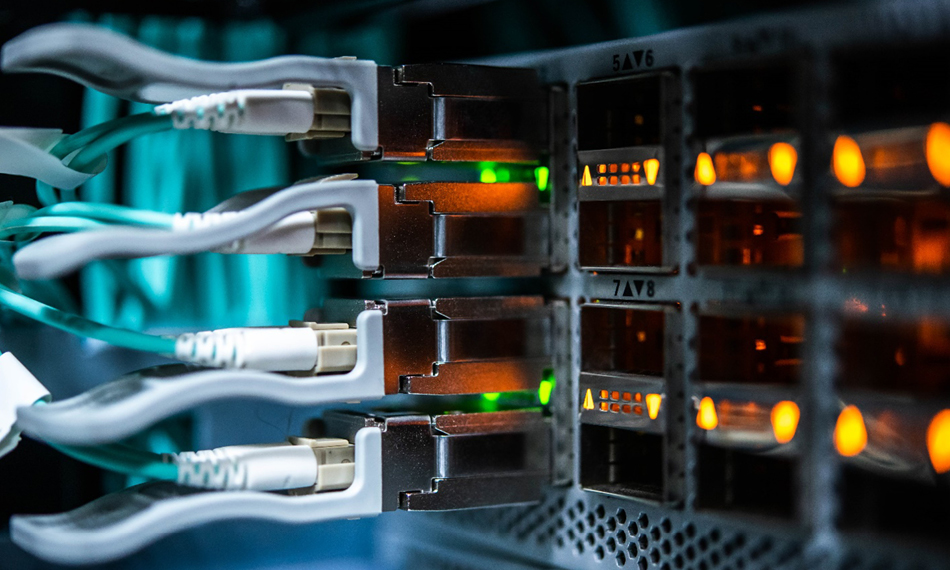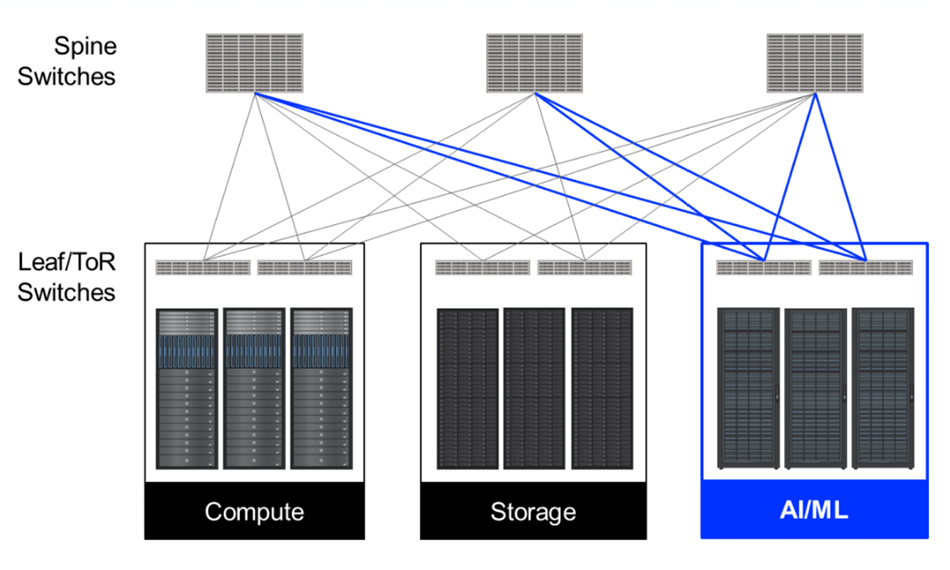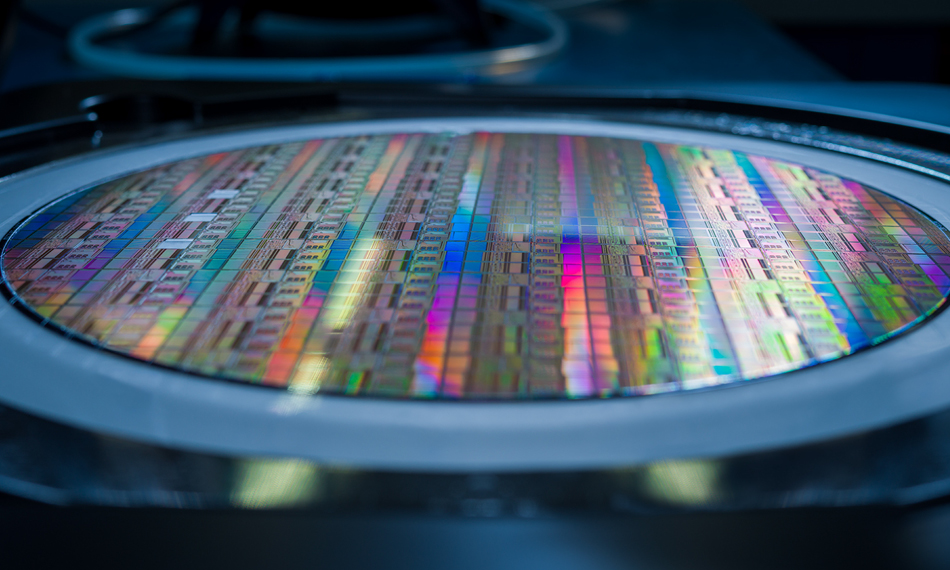Coherent: Datacom innovation in the AI Era
How Coherent is powering innovation in artificial intelligence and machine learning for next-generation datacenters. Blog post from Coherent.
In the world of transceivers, change is the only constant — and we are in the early days of a step- change thanks to advances in artificial intelligence. Finisar (now Coherent) was a pioneer in pluggable transceivers so much so that the name Finisar became almost synonymous with transceivers.
From telecom networks to enterprise datacenters to web 2.0 hyperscalers, much has changed over the past two decades because of evolutionary and revolutionary changes in the key market drivers.
Today, we’re seeing another major market transition, namely the dramatic growth in artificial intelligence (AI) and machine learning (ML). These applications will define the next chapter in the optical transceiver story – a chapter we are already writing here at Coherent.
It’s an important story because transceivers are a critical if invisible part of the modern world we live in. Whether we realize it or not, most of us use the fiber optic network and transceivers on a daily basis.

One simple example is using a search engine. Did you ever think about what happens between when you type a search query and when you get the results back? The average search query travels hundreds of miles to a datacenter and back over the fiber optic network. Inside the data center, a single search query uses hundreds of computers to retrieve an answer. These computers are networked together using optical fiber. Optical transceivers perform the vital function of converting the electrical signals into optical signals and back again. So, if you ran a search today, you used the fiber optic network and, very likely, the signals ran over Coherent transceivers.
Why AI Innovation Demands Networking Innovation

The speed of transceivers is critical to the performance of the network. Network changes to address AI and ML are driving us and others in the industry to introduce higher-speed transceivers at a faster pace than ever before. Only 20 years ago, the highest data rate for optical transceivers was 10G. Today, more than 50% of Coherent’s datacom revenue is generated by 200G and higher data-rate transceivers. Driven by the demands of growing AI/ML adoption, 800G transceivers are shipping in production and we expect the first 1.6T transceivers will ship in the next few years. In five years, the market opportunity for 800G and 1.6T datacom transceivers is expected to be greater than all other types of datacom transceivers combined, largely driven by AI and ML.
“At Coherent, we already have a complete portfolio of transceivers matched to the requirements set by AI and ML. These transceivers are protocol-agnostic, meaning the same transceiver hardware can support Ethernet and InfiniBand, as well as proprietary protocols for AI and ML such as NVIDIA’s NVLink. Coherent is widely recognized as an expert in these transceivers and their core technologies.”
Vertical Integration → Fast Innovation→ Faster Transceivers
Over the years, Coherent have made strategic investments that give them a unique level of vertical integration. They not only design and manufacture their transceivers internally, they also design and manufacture many of the components including lasers, detectors, and passive optics. When designing a new transceiver that requires a new component, they either source that component from one of their valued development partners, or design and manufacture it internally.

Blog Post from Coherent
